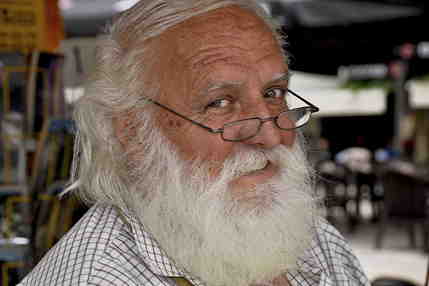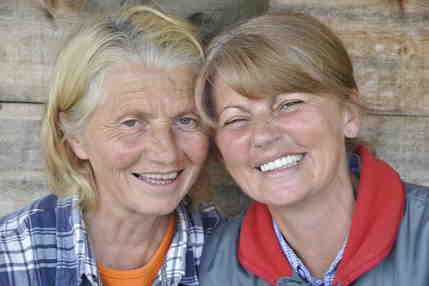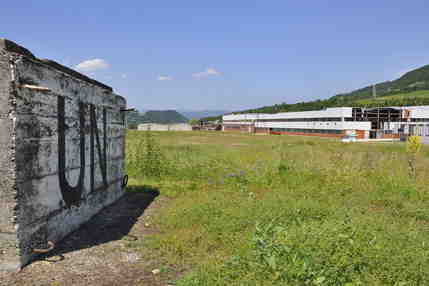
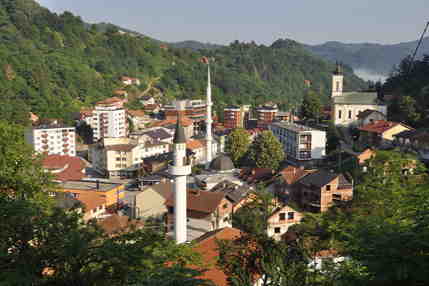
In 1995 the village of Srebrenica became the scene of an unspeakable massacre, when Serbian soldiers forcibly removed more then 8,000 Muslim men from a United Nations compound and slaughtered them en masse. Today the compound is derelict and deserted. By contrast, the village is heart-rendingly beautiful. Some Muslims have returned, but rebuilding their torched and looted homes is proving slow and painful. Before the war they were on good terms with local Serbians. Now a Muslim farmer told me, “We try to be good neighbours, but we will never be friends.”


At the vast memorial cemetery, mothers and wives still mourn their lost ones.
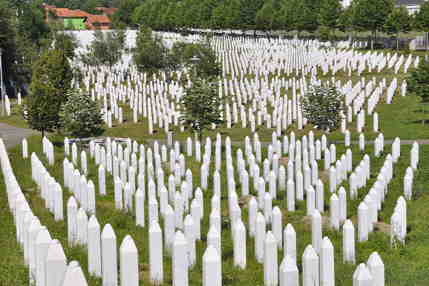
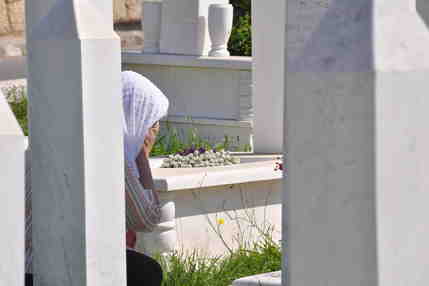
Mostar suffered even more brutally, during a long drawn-out siege in which untold thousands lost their lives or were driven from their homes. At the height of the battle its famous medieval bridge was destroyed by Bosnian Croat forces. The resulting outcry ensured generous funding for a widely acclaimed reconstruction, but this hasn’t extended to the bombed-out buildings of “Snipers’ Alley” nearby. Mostar remains a deeply divided and unforgiving city. The opposing communities have set up not only separate places of worship, but separate schools, hospitals, postal systems and even telephone, electricity and water companies.
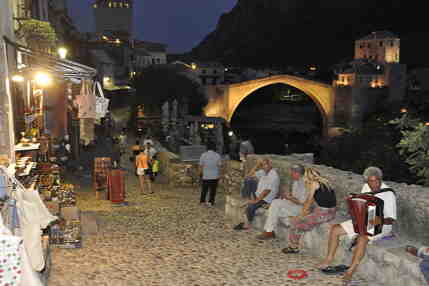
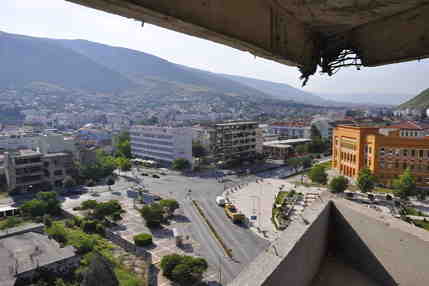
Elsewhere, I’m glad to say restoration and recovery is underway, helped by a truly amazing new generation of sons and daughters. The exquisite buildings of medieval Dubrovnik are again attracting tourists, but among the international crowd I also met lots of Bosnians, Croatians and Serbs. Here more than anywhere I witnessed former enemies eating, drinking and laughing together.
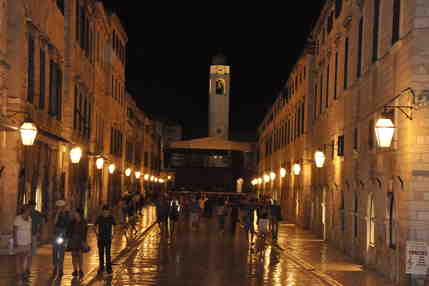
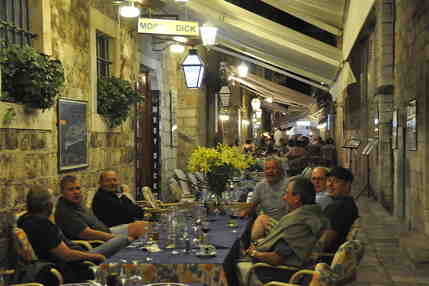
Life is getting back to normal, yards away from tragedy. I took the left-hand picture below near Srebrenica, and the right-hand one across the street from where the 1995 Markale massacre took place in Sarajevo.
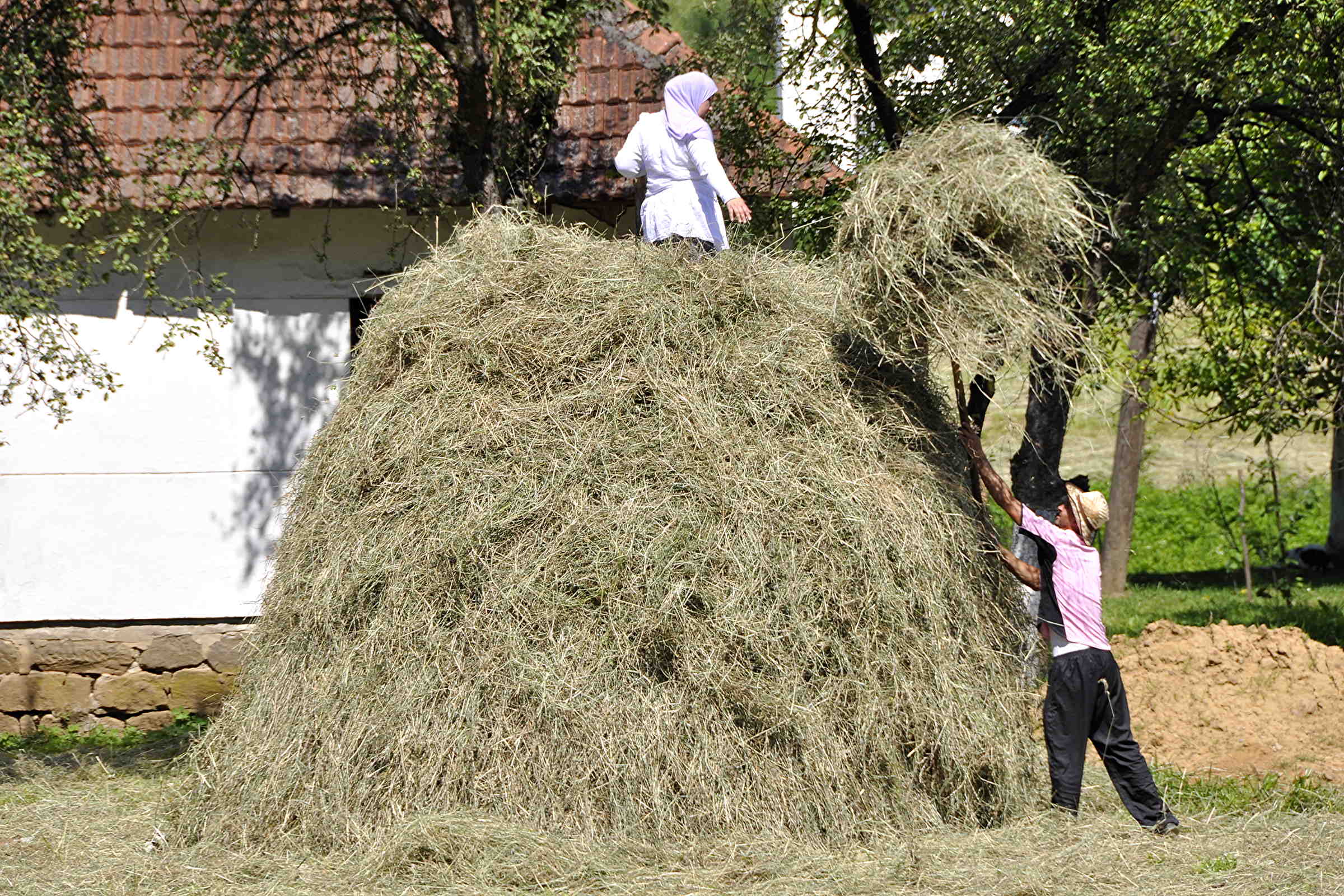
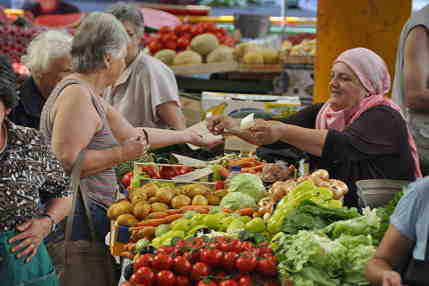
Some Balkan people now enjoy living standards approaching those of Western Europe. But not everyone. On a hot day in a Sarajevo side-street, an elderly woman doubled up by rickets scavenges scraps from a neighbourhood rubbish bin.
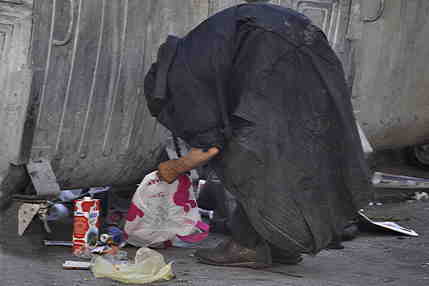
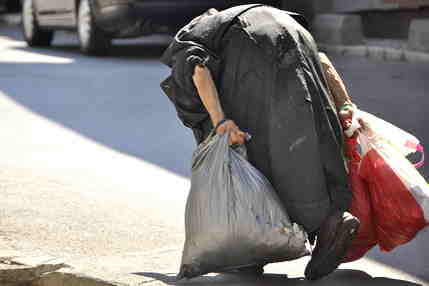
At the end of June I reached Montenegro, an independent state only since 2006, though it had a long and proud history before the First World War. It’s a gorgeous country with generous people and, as its name suggests, lots of mountains. The former capital Cetinje is a throwback to Edwardian times. Travelling is often by long tunnels and high bridges.
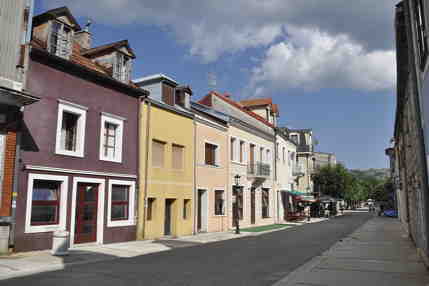
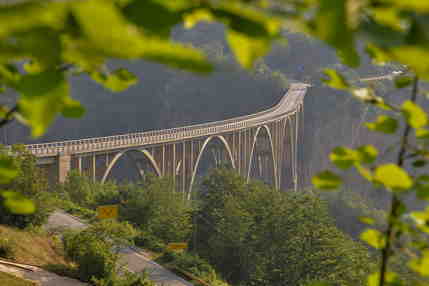
Next week I’ll start a 20-day hike across the Prokletije or ‘Albanian Alps’ from Montenegro to Albania and on to Kosovo. The Peaks of the Balkans trail is part of an ambitious reconciliation project to create a Balkans Peace Park spanning all three countries. The route promises some dramatic mountain scenery, so watch this space for Update 3. Meanwhile here are three of the many remarkable characters I’ve met so far.
